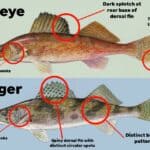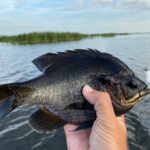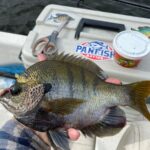Often overshadowed by their cousin the black crappie and bluegill, shell cracker fish are a bit of a mystery to some anglers.
In this article, I hope to clear up some of the confusion and shed light on these amazing and powerful fish.
Whether you call them a shell-cracker, shellcracker, redear, or one of the other countless nicknames…by the end of this guide you’ll be more familiar with this fish and better prepared to catch them out on the lake!
This page contains affiliate links. As an Amazon Associate, I earn from qualifying purchases.
Table of Contents
What is a Shell Cracker Fish?
A “Shell Cracker Fish” is a species of sunfish native to North American. Shell-cracker is a nickname, sometimes also spelled Shellcracker.
The Common name of this fish is Redear Sunfish (Lepomis microlophus).
Depending on the region, it may also be referred to as Georgia bream, cherry gill, chinquapin, improved bream, rouge ear sunfish and sun perch.
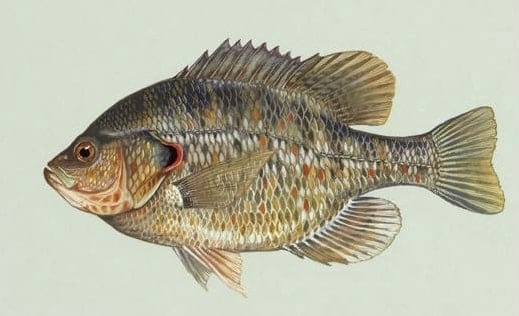
What does a Shell Cracker Fish look like?
Shellcracker have a typical ‘panfish’ body type that is semi-rounded with a deep profile and pointed pectoral fins. They have small mouths and a distinct red opercular ear flap on males and orange ear flap on females.
Coloration varies from a light brown to olive green, with white and silver near the belly. Patterning can be light vertical bars similar to a bluegill or be a solid tone that fades from darkest on top to lightest on the bottom.
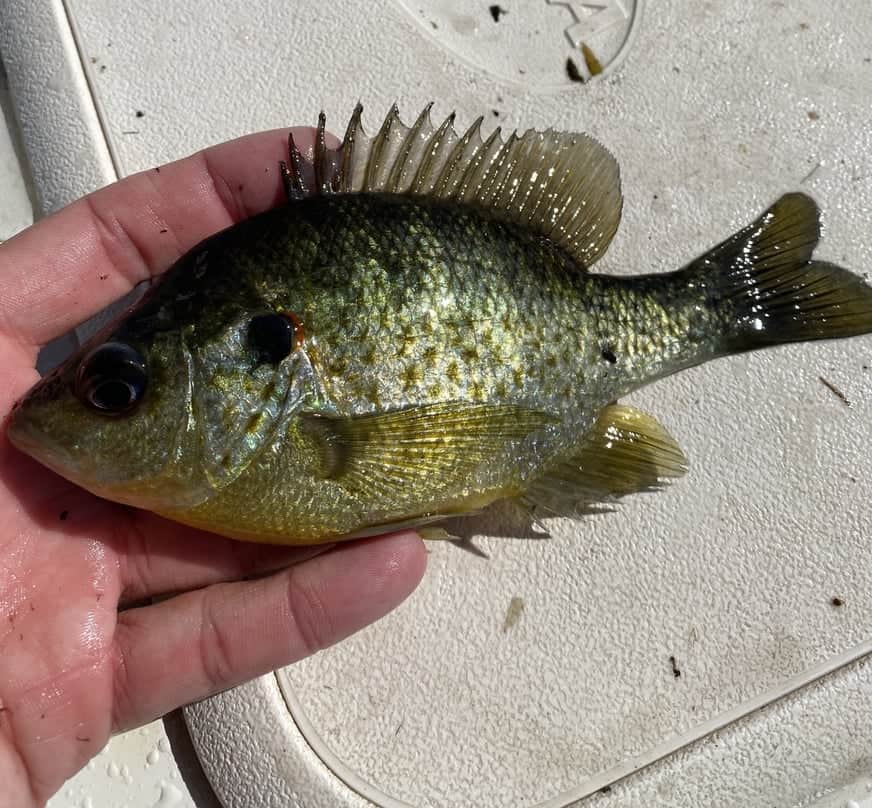
How Big Do Shellcrackers Get?
Shellcracker grow quickly and reach larger sizes than many other sunfish species. Adults typically are 7-10 inches in length, with large specimens reaching up to 12 inches in length and 2lbs in weight.
Many lakes and ponds throughout the United States stock Shellcracker as a sportfish, with fish reaching up to 4 lbs. Florida, Georgia, South Carolina, and Arizona are all known for their very large and robust Shellcracker fishing.
Shellcracker vs Bluegill- What’s the difference?
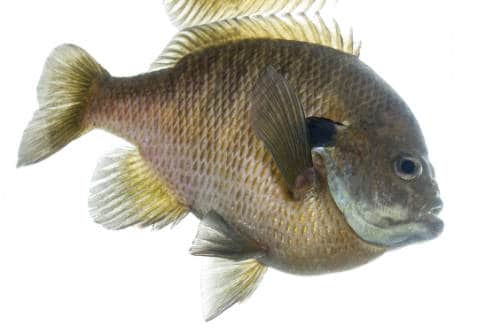
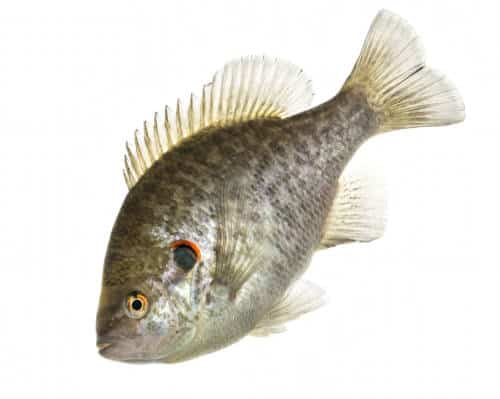
Although Shellcracker and Bluegill look similar and they often inhabit the same lakes and ponds, they are two totally different species of Sunfish.
A Bluegill, (Lepomis macrochirus) is smaller than a shellcracker, and lacks the red or orange opercular ear flap. Bluegill typically have a darker coloration, with shades of dark green, brown and purple.
Redear Sunfish vs Shellcracker- What’s the difference?
A Redear Sunfish is a Shellcracker!
Nothing! There is no difference between a Redear Sunfish and a Shellcracker. They are the same exact fish. Redear Sunfish is the official species name, whereas Shellcracker is a nickname commonly used in the Southeast United States. A Redear Sunfish is a Shellcracker!
Why do they call them Shellcracker?
Shellcracker have a unique set of teeth in the back of their mouth, capable of crunching the shells of snails and other mollusks- hence the nickname Shellcracker!
Where can I find Shellcracker?
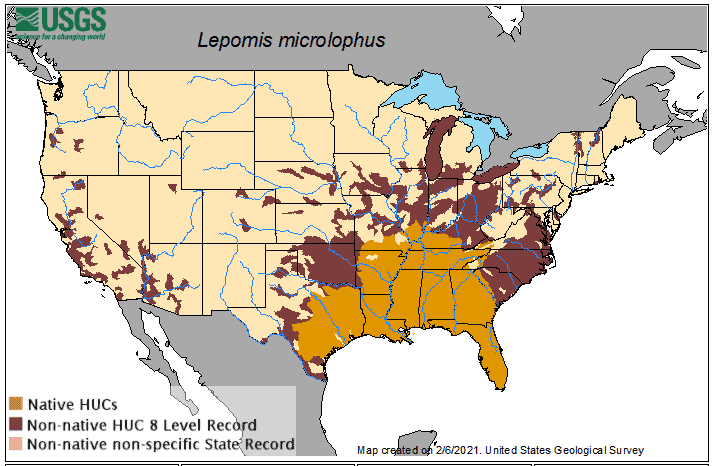
Shellcracker are native to the Southeastern United States including Florida, Georgia, Tennessee, Alabama, Mississippi, Louisiana, Arkansas, The Carolinas, Texas, Kentucky, Indiana and Illinois.
Due to its popularity as a sportfish, it has been introduced to many western and northern states as well.
What Do Shellcracker Fish Eat?
As their name suggests, shellcracker love to eat snails and other small freshwater mollusks. They also feed on insects larvae, cladocerans (water fleas), worms, leeches and other common sunfish forage.
They primarily feed on the bottom and prefer clear water with cover from weeds, stumps, roots and logs.
How Do You Catch Shellcracker?
To catch Shellcracker, focus on finding the correct habitat and presenting your bait or lure on or near the bottom
A simple fish finder like the Garmin Striker is critical to finding the correct depth and temperature when targeting shellcracker and other panfish.
Shellcracker are bottom feeders, so unlike their cousin the bluegill that feeds throughout the water column, or even on the surface, shellcracker feed in the mud, sand, and in thick vegetation near roots and downed trees.
Shellcracker have very small mouths, so you want to be sure your tackle is downsized. Try using 4-6 lb test line, with a #8 long shank hook. To get your bait on the bottom, use a small split shot positioned 6 inches above the hook.
Specifically targeting Shellcracker can be a bit difficult because they are often dispersed among other sunfish species. You are likely to find them shallow during the spawning season, but then deep other times of the year.
My recommendation is to find suitable habitat, use very light tackle and small hooks, and bounce around to different areas until you catch a few. You will begin to see patterns on your local lake or river and determine where the Shellcracker are located.
Look for unique features such as sandy bottom, rocks or boulders nearby. Maybe it’s a shallow muddy area with sparse vegetation or a specific boathouse that always holds fish. Keep learning, and stay focused on the patterns you find!
See Also: The 5 Best Panfish Spinning Reels Available Today
When do Shellcracker Spawn?
Shellcracker spawning is triggered by the warming of water temperatures to 65 degrees. During this time, Shellcracker will move into shallow spawning habitat and build nests in 1-6 feet of water.
They prefer to deposit their eggs on gravel bottom. Males will ‘fan’ away the mud or silt to build a nest, fertilize the area. Then females will come and deposit their eggs.
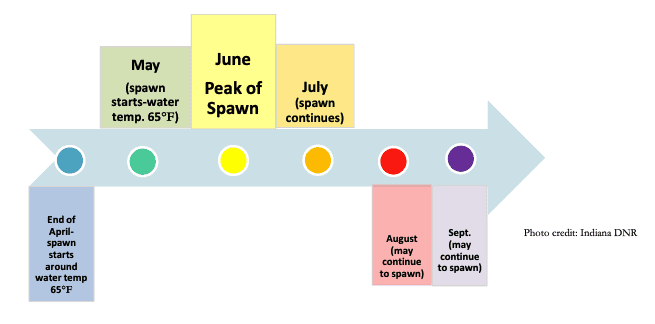
Shellcracker often spawn before other sunfish species such as the Bluegill, and spawning activity peaks during the full moon.
What is the best bait for Shellcracker?
Shellcracker are notoriously finicky when it comes to bait and presentation. What works on one lake, may be totally obsolete on another lake.
The trick to catching Shellcracker is finding out what works for the body of water you are fishing, and that comes with trial and error.
Experiment with different hook sizes, weight sizes, baits and lures to find the winning combination.
Live Bait
Shellcracker primarily feed on the bottom, so think of baits that are found on the bottom in the mud or sand. Worms, nightcrawlers, leeches, crawfish, and insects are among the best baits for targeting Shellcracker.
My personal favorite is a small piece of nightcrawler or Gulp! Maggots:

Artificial Lures
Shellcracker will occasionally hit artificial lures although it is not very common. A small 1/16 ounce beetle spin is a great option to cover water and locate fish. Fish it very slow, just above the bottom.
Small 1/32nd ounce hair-jigs or tube jigs may also work. Micro spoons or ultralight crankbaits may also trigger a bite. In any case, fish it slow, fish it small, and fish it deep near the bottom.
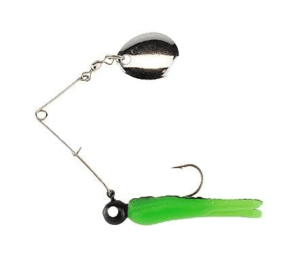
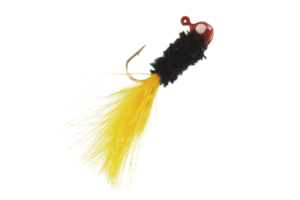
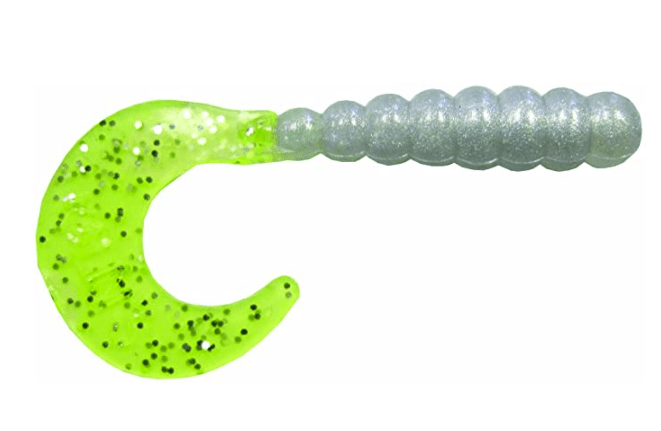
Are Shellcracker fish good to eat?
Yes! Shellcracker has a good reputation as a quality table fare. The meat is white and flaky. Fillets are thicker than their Bluegill cousins, and bag limits are very generous in most states.
They are delicious fried, pan-seared or baked. Just add grits and baked beans!
What is the World Record Shellcracker Fish?
The world record Shellcracker is a staggering 6lbs 3-ounce fish caught in Lake Havasu Arizona on May 4th 2021. Talk about a giant!
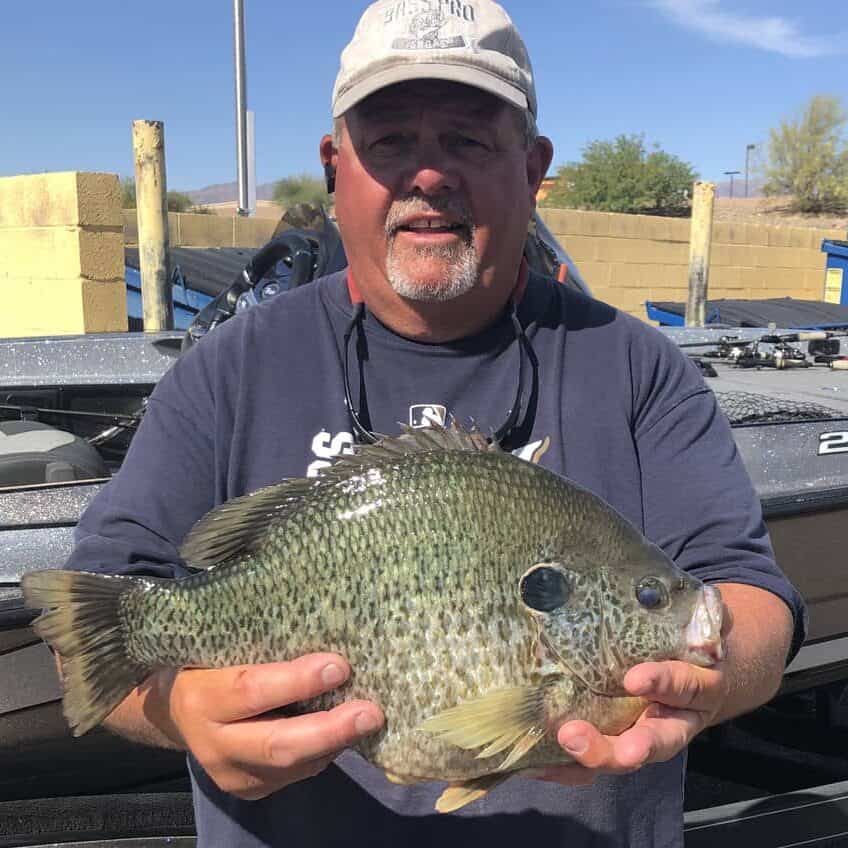
Conclusion
When it comes to exciting Panfish, the Redear sunfish, AKA “Shell Cracker” is one of the top contenders. Pound for pound these fish are powerful quarry, capable of exciting action on light tackle equipment. They are plentiful, found all over the United States and have generous bag limits.
They can be a bit challenging to find, but that’s part of the fun right?
Next time you are out fishing, I encourage you to try and target these bruisers of the Sunfish family.
You’ll become a better angler! Thanks for reading.
You May Also Like: Panfish Rods: Are Top 4 Best Bang For Your Buck
If you haven’t guessed yet, I love fishing and everything about it!
To learn more about why I started Panfish Nation, visit the About page and follow along on Social Media:


Download a copy of my FREE Lure Color Selection Chart & Knot Guide!
Stay up to date with fishing reports, tackle reviews, industry news, and much more! We respect your privacy, unsubscribe at any time.
Like this post? Save it on Pinterest.
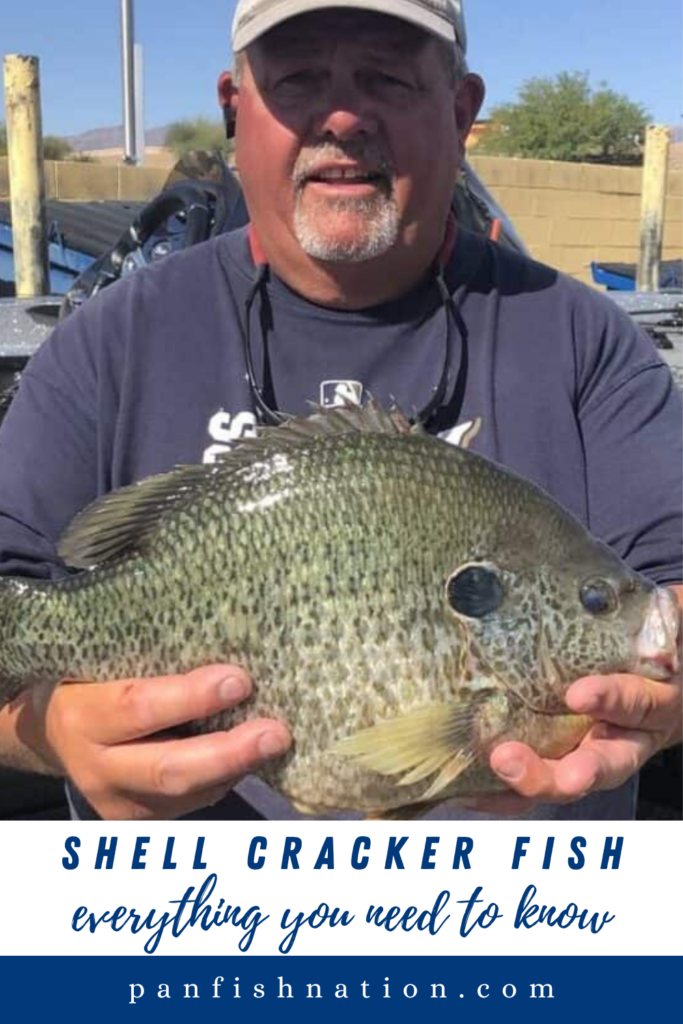
Related Posts
- Sauger vs Walleye: Learn These Differences and Catch More!
- Crazy Facts About the World Record Crappie
- What Size Hooks for Smallmouth Bass? Quick Guide
- Large and in Charge-Mouth: 10 of the Best Bass Lures of All Time (And Where to Buy Them)
- Emperor of the Sun(fish): What You Need to Know About the World Record Bluegill
- Coppernose Bluegills: How They’re Different from Common Bluegill

